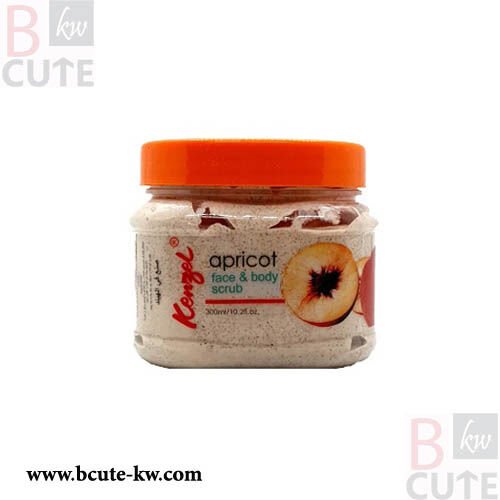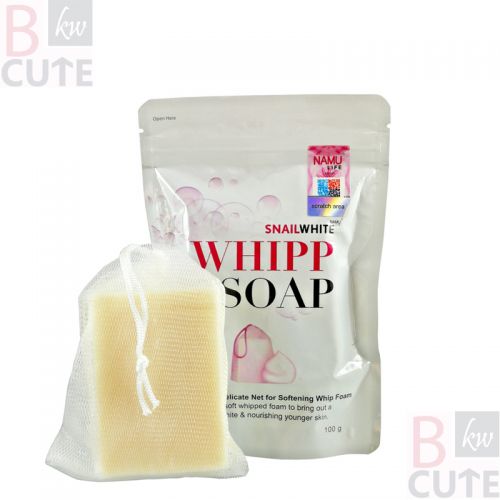Description
Moroccan indigo, also known as blue indigo, is a natural substance extracted from desert plants that grow in Morocco. Traditionally used in skin and hair care, it is an essential part of the Moroccan bath ritual.
Benefits of Moroccan indigo: Skin lightening: It helps even out skin tone and eliminate pigmentation and dark spots. Skin purification: It removes impurities and dead skin cells, giving the skin a smooth, radiant appearance. Skin firming: It helps reduce the appearance of wrinkles and fine lines, enhancing skin elasticity.
Ways to use Moroccan indigo:
1. Face mask: Ingredients: One tablespoon of Moroccan indigo. One tablespoon of natural yogurt. One teaspoon of olive oil.
Method: Mix the ingredients well until you get a homogeneous mixture. Apply the mixture to a clean face and leave it on for 30 minutes. Wash your face with warm water and pat dry.
Benefits: Lightens and evens skin tone. Moisturizes the skin, leaving it soft and radiant.
2. Mask for the body and sensitive areas:
Ingredients: One tablespoon of Moroccan indigo. One tablespoon of Moroccan clay or Moroccan soap. Three tablespoons of brewer’s yeast. Warm water for kneading.
Method: Mix the ingredients together until you get a smooth paste. Apply the mixture to clean skin, especially dark or sensitive areas. Leave it on for 30 minutes, then rinse it off with warm water. Moisturize your skin with sweet almond oil or dried milk mixed with water for 15 minutes, then rinse well.
Benefits: Lightens dark areas and evens out skin tone. Removes dead skin and leaves skin soft and supple.
3. For Hair: Benefits:
Eliminates white and gray hair. Softens and moisturizes hair. Treats dandruff from the scalp and strengthens hair follicles.
Method: Mix an appropriate amount of Moroccan indigo with one egg white. Apply the mixture to the hair from the roots to the ends. Cover the hair with a plastic cap and leave it for an hour.
Wash the hair with shampoo and lukewarm water.
Note: It is recommended to repeat these recipes regularly for best results. It is also preferable to test a small amount of the mixture on a small area of skin before full use to ensure there is no allergic reaction.












